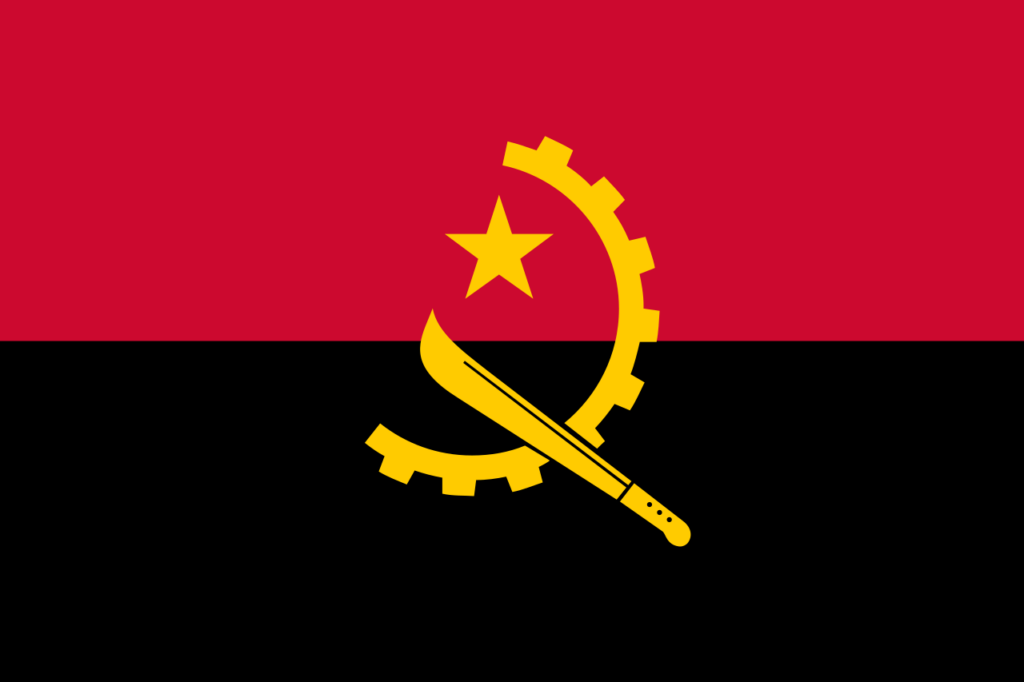Renewable ammonia exports from Angola by 2024
By Julian Atchison on June 30, 2022
Ready for “rapid production”
Angola’s state-owned energy company Sonangol has signed an agreement with two German engineering firms to build a 280,000 tonne per year renewable ammonia production plant on the coast just north of Luanda, Angola’s capital. Angola’s Minister of Mineral Resources and Petroleum Pedro de Azevedo indicates the project should be ready to export from 2024.
The factory should be ready for rapid production shortly after it is built in the port of Barra do Dande due to the availability of electricity from a hydroelectric plant, water and infrastructure.
Gauff Engineering MD Stefan Tavares Bollow quoted in “Angola set to become first supplier of green hydrogen for Germany“, Reuters, 15 June 2022
The tie-up between Sonangol, Gauff Engineering and Conjuncta was formalised in November 2021, with the aim of producing electrolytic hydrogen with “climate-neutral” electricity, then selling the product to the EU via the H2Global program. Angola’s plentiful supply of hydroelectricity & existing LNG export infrastructure has attracted significant foreign interest, and put the African nation in the box seat to be one of the world’s first renewable ammonia exporters.
In addition to the Barra do Dande project, Australia-based Minbos Resources is planning a hydroelectric ammonia production plant at the Capanda Dam in the country’s interior. For now Minbos’ project is focused on domestic use, particularly the local production of fertiliser. This month Minbos announced it was divesting from a rare earth metals project in Madagascar in order to better fund the Capanda renewable ammonia project.
Energy security concerns
Easy, cheap access to zero-carbon hydroelectricity is a key component of these two planned ammonia projects. But, concerns remain about whether this comes at a price for Angola’s population. Hydro power currently makes up around two-thirds of Angola’s installed generating capacity (3.4 GW), with 18 GW of hydro “potential” identified in a recent energy roadmap for the country.
But, only 45% of Angola’s population currently has access to grid electricity (click to download IRENA fact sheet), and there is a history of significant problems in getting new generation & transmission projects off the ground (especially compared to LNG export projects). The opportunity to drastically increase hydropower generation is there, but there is also the potential that priority access to any added capacity will be given to hydrogen & ammonia project developers, rather than Angola’s population (or even domestic industry). And the problem is not unique to Angola either – the IEA estimates that around 77% of Africans do not have access to grid electricity.
It is important that we adhere to sustainability criteria in the production of green hydrogen…you want to solve [issues regarding energy security] first. Green hydrogen…becomes really feasible in areas where they are complementary to already existing efforts for energy development and energy security.
IASS Research Fellow Chigozie Nweke-Eze quoted in “Experts urge caution on Angola-Germany green hydrogen deal“, DW, 17 June 2022
